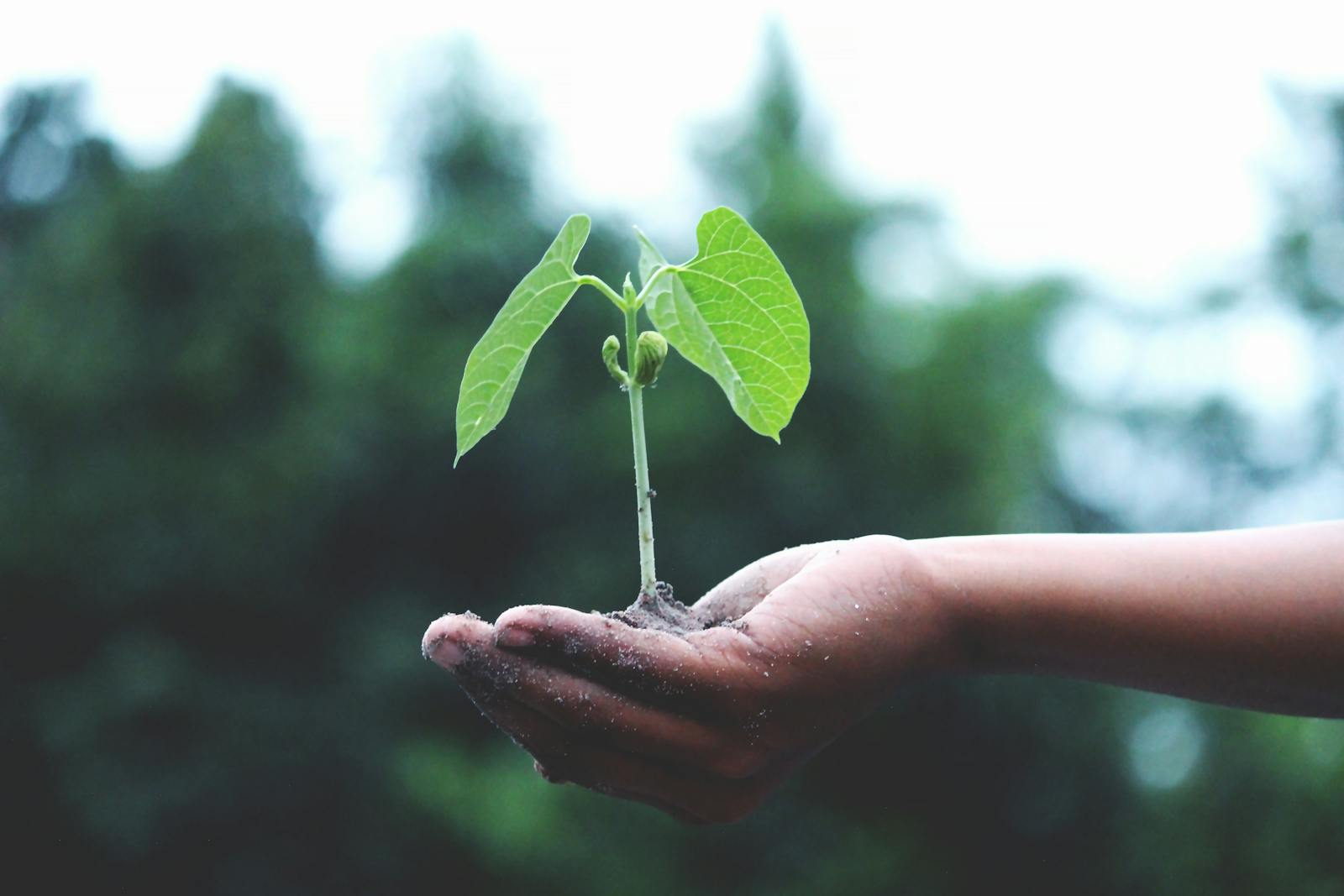Hey, have you ever stood in the grocery aisle, staring at a label, trying to figure out what makes a plant extract a common food ingredient? Yeah, me neither, until I dove into this world. It’s been a wild ride, let me tell you. Work’s been hectic, but hey, when you’re deep in the trenches of research, you find some fascinating stuff. Like the fact that plant extracts are more than just a buzzword on a label—they’re a whole science in themselves.
So, let’s kick this off by chatting about what it means for plant extracts to be considered common food ingredients. It’s not just about throwing a few leaves or roots into a blender and calling it a day. There’s a method to the madness, a science to the selection, and a purpose to the process.
First up, the selection criteria. When we’re talking about plant extracts as food ingredients, we’re not just looking at any old plant off the street. These are plants that have been handpicked for their beneficial properties. Think antioxidants, vitamins, minerals—basically, the good stuff that our bodies crave.
But here’s where it gets interesting. Not all parts of a plant make the cut. It’s usually a specific part, like the root, leaf, or fruit, that’s chosen for its potency. And then, it’s all about the extraction process. This is where the magic happens. The chosen part of the plant is processed to extract its essence, its valuable compounds, and voilà—you’ve got a plant extract that’s ready to be used in food products.
Now, let’s talk about the process, because it’s not as simple as boiling some water and tossing in a handful of herbs. The process can involve various methods, from cold pressing to steam distillation. Each method is chosen based on the plant material and the desired outcome. It’s a delicate balance of science and art, if you will.
And here’s a little secret: the quality of the plant material is crucial. It’s not just about what the plant contains, but also where it’s grown, how it’s harvested, and how it’s processed. These factors all contribute to the final product’s effectiveness and safety.
You know, as I’ve been working on this, I’ve started to see plant extracts in a new light. It’s not just about the end product; it’s about the journey. Each plant has a story, a history, and a purpose. And as we incorporate these extracts into our food, we’re not just adding flavor; we’re adding a piece of that plant’s story to our own.
But let’s not get too mushy. We’re talking science here, right? The basis for judging plant extracts as common food ingredients is rooted in safety, efficacy, and sustainability. These extracts have to stand up to rigorous testing to ensure they’re safe for consumption and deliver on their promises.
And here’s where it gets really cool. Plant extracts are not just about adding a punch of flavor or a pop of color. They’re about adding value. Whether it’s a boost of antioxidants or a dose of essential oils, these extracts are about enhancing our food in meaningful ways.
Now, I know what you’re thinking: “This all sounds great, but how do I know if a plant extract is a common food ingredient?” Well, my friend, that’s the million-dollar question. You’ve got to look at the label, do your research, and maybe even consult with a pro. It’s not always easy, but it’s worth it when you’re feeding your body the best of what nature has to offer.
As I wrap up this little adventure into the world of plant extracts, I can’t help but feel a sense of awe. It’s amazing to think about the complexity and care that goes into creating these extracts. And as we incorporate them into our diets, we’re not just eating; we’re engaging in a culinary conversation with the natural world.
So, the next time you’re at the store, take a closer look at those labels. See the plant extracts not as just another ingredient, but as a bridge between nature and nourishment. It’s a fascinating world out there, and it’s waiting for you to explore.
In the end, understanding the basis for judging plant extracts as common food ingredients is about more than just knowing the science. It’s about appreciating the journey that each plant takes to end up on your plate. It’s about recognizing the care, the craftsmanship, and the commitment that goes into creating these extracts. So here’s to the plant extracts, the unsung heroes of our food supply. Cheers to the next time you take a bite, you’re also taking a step into the world of botanical brilliance.

